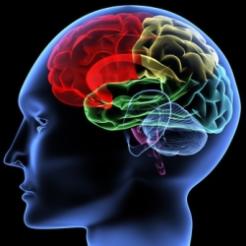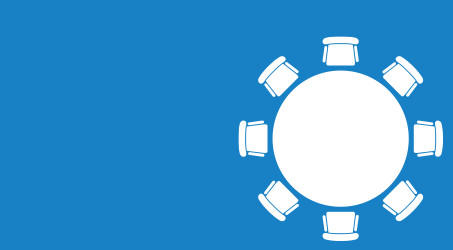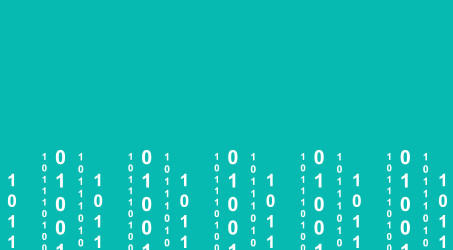When action and inaction have equally negative effects, which do you consider to be worse? George Matafonov explains the concept of omission bias, and presents his theory on how to tackle it to boost donations.
As the government is grappling with stagnating economies and the implications of dealing with ballooning public debt, the charity sector faces significant trials. But there is a deeper, psychological barrier at play known as omission bias, which is now affecting more and more people. The combination of these two influences has the potential to create the perfect storm for the voluntary sector at a time when its resources are stretched to the limit.
That’s the bad news. The good news is that we now have the technology to tackle omission bias and mitigate the impact of austerity economics by increasing dramatically the size of the global donation pool. But first, we have to recognise the symptoms...
Omission bias is a form of cognitive bias that considers harmful actions as worse than equally harmful inactions. For instance, people feel bad when they cause harm and will actively seek to make restitution, but they do not generally feel bad if they do not take some action that could have prevented harm from occurring.
Jonathan Baron, professor of psychology at the University of Pennsylvania, makes the following observation: “Omission bias enables people to feel they are being completely moral as long as they obey a list of prohibitions or laws, even if in reality they are simply pursuing their narrow self-interest.”
In the business community management gurus like Peter Drucker have long used omission bias to argue against CSR (corporate social responsibility). Drucker once famously said, “If you find an executive who wants to take on social responsibility fire him. Fast.”
Omission bias is the reason why CSR, in the main, is window dressing as evidenced by the fact that corporations – the richest and most powerful global entities – donate so little to the third sector (Less than 1 per cent according to Giving USA).
Omission bias is the reason why only 5 per cent of the global population donates blood, despite the fact that most people will agree they should donate when pressed about the importance of this service. This statistic forms the basis of the oft-repeated statement that when it comes to donating blood “5 per cent of the population is supporting 95 per cent of the world.”
Omission bias is also the reason why most people do not donate to charity on a regular basis.
So why do some people still donate despite the barrier of omission bias? The answer lies in the socialization process of positive behaviour that leads to positive outcomes like decency, fairness and inclusion. Every functioning society has such a process and all have roots in religious ideals and concepts.
Religious breakdown is fuelling omission bias
Religion, in turn, overcomes omission bias by linking positive behaviour to pleasing some deity often accompanied by threats such as eternal suffering in hell and promises of eternal bliss in heaven.
While to the modern mind this may sound archaic it, nevertheless, was ingenious in the way it overcame omission bias by placing positive behaviour firmly in the realm of self-interest.
With the waning of religion and rise of the secular society this socialization process is breaking down. Societies everywhere are increasingly under duress as the ideal of “do as you ought” sinks down to the common denominator of “do as you please as long as you don’t break the law” driven by the superficial appeal of moral relativity and plain-old self-interest.
The result is the unleashing omission bias and this will increasingly be reflected in reduced levels of donations to the Third Sector. The corporate sector is leading the way and the private sector is following in its footsteps.
My theory for effecting a change
So what is the solution? Well, we don’t have to reinvent the wheel. All we have to do is to replicate the ingenious concept of linking positive behaviour to self-interest.
This is already happening almost spontaneously in the linking of positive behaviour to personal reputation in concepts such as Facebook “Likes”, Twitter “followers”, LinkedIn “connections” and the various seller reviews on the likes of Amazon, Ebay and other online services.
However, these developments do not extend far enough to encompass the idea of charitable donations or, more broadly, the concept of social capital, but they do point to the way forward - a social network based on building social capital.
Such a network is possible because social capital has a unique currency of its own –gratitude - as expressed by the common 'thank you' gesture. Every 'thank you' is an acknowledgement of a successful social interaction that builds social capital.
Billions of these social capital transactions happen daily and we now have the technology to capture the most important to create a Social Capital Index (SCI) based on gratitude to sit alongside the “likes”, “followers” and “connections” in a new social network. It's something my organisation, ThankUBank is working to deliver right now.
Once an SCI is established I believe it will become integral to the reputation of individuals and, more importantly, corporations. This will solve the problem of omission bias by bringing actions that build social capital into the sphere of self-interest.
As corporations start to compete in building their SCI (All it will take is one or two major corporation to start the ball rolling) they will seek out ways to build their SCI. They will soon discover that the best way is to donate to the charity sector because such donations will attract a premium depending on the size of the donation.
The resultant market pressure will unlock a hitherto virtually untapped source of charitable income dwarfing existing sources which are reaching points of exhaustion.









